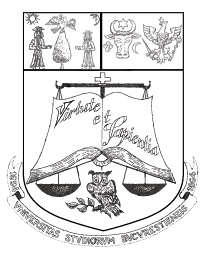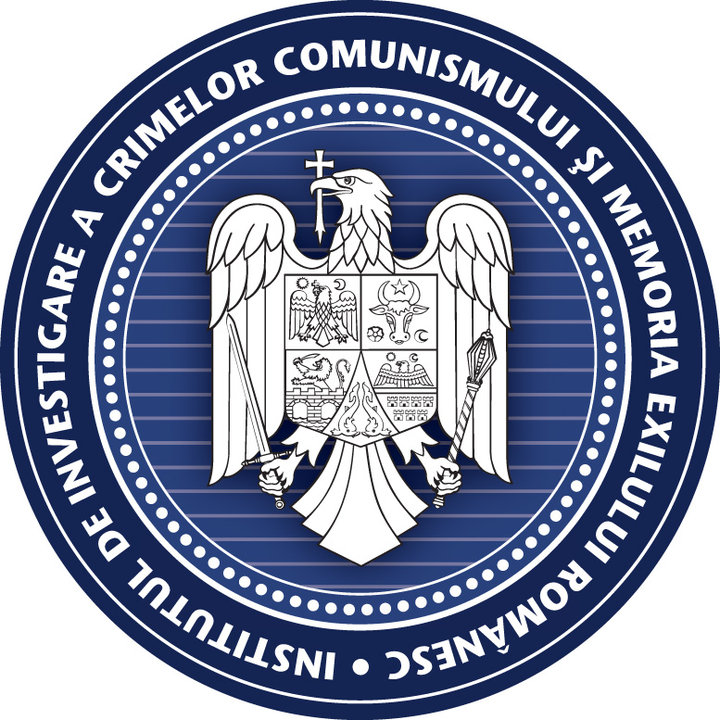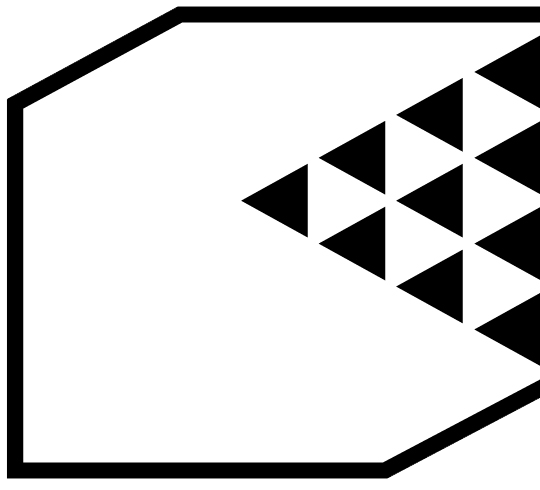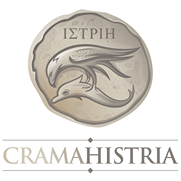|
Cantacuzino Palace
|
|
| Country |
Romania
|
| Region/province |
Wallachia, Bucharest Municipality
|
| Name of the cultural property, monument, natural or urban site, or site that has played a key role in European history. |
Cantacuzino Palace
"George Enescu" National Museum |
| Owner of the cultural property, monument, natural or urban site, or site that has played a key role in European history |
Ministry of Culture and Religious Affairs
|
| Public or private authorities responsible for the site or property (delegated management) |
Composers and Musicologists Union of Romania
"George Enescu" National Museum |
| Postal address |
Calea Victoriei nr.141
|
| Geographic coordinates of the cultural property, monument, natural or urban site, or site that has played a key role in European history |
Lat.N=44°26'56"; Long.E=26°05'24"; L-35-125-C-a View Larger Map |
| Reasons for listing |
Cantacuzino Palace was built on the plans of the architect I. Berindei (a Romanian architect who was among the first Romanians who studied at Ecole de Beaux-Arts), its model being -"l'hotel particulier"- the Parisian nobility residences. From the urban point of view, the architect took into account the intention of the chieftown administrators of reformulating the town according to the European spirit of a "garden town". It is taken for the most important within the architecture program above. The location of the establishment along Calea Victoriei, one of the oldest avenues of the town, which became a symbol of the Romanian and European architecture history due to its feature of a Parisian avenue, increases its quality of a first-rank monument.
The inside painting of the geiling in the music hall was made by the painter G.D.Mirea; for this painting, the artist travelled to Paris, for studies. The establishment value is of universal notoriety due to its memorial value as a residence of the great artist George Enescu, a complex personality of music, a composer, violinist, pianist, conductor and teacher, one of the most prominent musicians at the end of the XIX-th century and during the first half of the XX-th century. Headquarter of George Enescu National Museum, of the Composers and Musicologists Union of Romania, it promotes concerts and cultural activity at European and international level. It is permanently visited both by tourists – it is stipulated in touristic guides – and by people wishing to pay a visit to the museum. The permanent cultural manifestations attract specialized audience both from Romania and from abroad. The building is also the headquarter of cultural manifestations during George Enescu International Festival and Competition. |
| Description of the cultural property, monument, natural or urban site, or site that has played a key role in European history |
Cantacuzino Palace, placed on the last part of Calea Victoriei, one of the longest and most important central streets of Bucharest, was created according to the model of the Parisian nobility residences (hotel particulier de ville ) buildings placed in the middle of the land lot, surrounded by. The palace was built in the neighbourhood of other residences owned by Bucharest high-life, along Calea Victoriei, close to the Royal Palace.
The assembly has two access-ways, a main one from Calea Victoriei and a secondary one from gen.Gh.Manu street, former 16, lt.Lemnea street. The major point of interest is the main building of the palace, placed in the middle of the lot, as well as a secondary building, also used by the palcae owners, a kind of small pavilion at the back of the palace (V), two dependencies almost symmetrical as to the secondary entrance (S) and the park. The lot surface is large for a central area in Bucharest, 6,638 sq.m, according to the present cadastral plan. Main building -the Palace. At present, two institutions are operating in the building: the headquarter of the Composers and Musicologists Union of Romania and the Music Museum, which jointly use the old residential space. The nobility residence part developed according to classical prototypes, specific to the end of the XIX-th century and the beginning of the XX-th century. Rooms are grouped round two axes, a major one, a secondary one, the main spaces plan being almost symmetrical as to the major ax. The ground-floor (high ground-floor), placed at about 3.00 m up the yard quota level, consists of the representative reception rooms, the library, halls, dining-room, the small lecture room, for receptions and auditions, placed on the ax along a central hall which connects the main entrance to the terrace exit. Spaces are decorated and painted in refinement. Today, these spaces are used for receptions, auditions, museum halls, management office-rooms etc. The building ground-floor is the representative space of the present institutions. From the main hall, one may enter the lecture room and the council hall; on the right of the central hall, covering the surface of five rooms, there is the place dedicated to museum exhibitions, with several rooms dedicated to office activities; On the first floor, by means of the main stair on the building side, one may reach all the rooms giviving on the main front side, also organized for office activities; On the second floor, all the rooms have been organized for office activities; Basement I, in fact a ground-floor/demi-basement, covers the surface of the whole groun-floor and here are the technical spaces. Basement II este partial and consists both of technical spaces (the heating system etc.) and warehouses. The first floor is less decorated than the ground-floor. The ground-floor impresses by the richness of the ornaments made by means of a special technique and of some of the most precious materials. The entrance is marked by a console-structured glass and metal porch. Along the building ax, there are a first hall from which, by two small, balanced stairs, we may reach the other floors. In the former music hall, there are plaster ornaments, coloured stained-glass windows, golden mosaic back-grounds, plastered marble on the walls and a ceiling painted by the painter G. D. Mirea, showing Apollo and his muses. On this floor, the reserved part covers two more important halls: the library and the meetings hall. The library, with a subslope supported by plastered-marble columns with a wood stair, is featured by a main decoration consisting of wood in-lays walls and the ceiling painted by Vermont. The meetings hall is surrounded by sculptured oak panels; the walls and the ceiling are decorated by effigies, eagles, garlands made od plaster rend colored in dark shades. Painting. Nicolae Vermont painted six medallions, three of them signed and dated 1907. Two of them, a shepherd with sheep and a country girl with a wooden pail were directly inspired by the works of Nicolae Grigorescu, a new subject being the painting showing several young people during a pick-nick, enjoying themselves with a fiddler band. The large size historic scene on the library wall, the trial of Stroe Leurdeanu, painted in 1909, prooves the special talent of the painter for the monumental compositions, this being one of his reference works. The central compartment of the dining-room ceiling is signed by Costin Petrescu. The allegory in the centre, featured by movement, shows two women and several angels – this being a success of the decorative genius. In the compartment on the right, an old Satyr bearing a vine crown raises a goblet, and in the one on the left, a goddess has a torch in her hand. The painting on the ceiling of the music hall is also the work of the painter G.D.Mirea. To paint it, the artist travelled to Paris, for studies. Other two vault-shaped ceilings of the rooms at the building entrance, which used to be vestibules, were also painted by G.D.Mirea. Each of them shows an allegory in the well-known poetic style of the painter. Sculpture. Emil W.Becker. The main entrance of the building especially draws the attention by its generous and somptuous sculptural decoration. Above the entrance door, the front side is decorated by a circular fronton having in the centre the prince-symbol of Cantacuzino family, evoking the noble title their forefathers had been granted by the Austrian emperor. In the scene structure, there are shown five putti in vivid movement, the whole group being touched by a romantic enthusiasm. By the windows of the attic, there is a woman with open wings, the Music, dressed in veil and playing a lyre. At her feet, on the right and on the left, two putti are dancing. On the left side of the front side, in the centre, there are placed, identical bas-reliefs showing a fat woman surrounded by two dancing pairs of putti. The composition field is covered by flowers and stems. Outside series decorating elements form a medallion with putti, and a music instruments trophy is hanging of. The box with a mask of an old man, whose thick hair is covered by flowers, his bear is dishevelled; he looks ahead. |
| History of the cultural property, monument, natural or urban site, or site that has played a key role in European history |
On Bucharest cadastral plan of 1911, Iorgu (Gogu) Cantacuzino was wholly holding a large lot limited by Verde street (the present Gh. Manu street), Calea Victoriei and Frumoasa street.
Gheorghe Grigore Cantacuzino-"The Nabob", a politician, former minister of finance, Head of the Conservative Party, President of the Senate, Prime Minister, at the end of the XIX-th century and the beginning of the XX-th century, lived between the years 1837-1913, was holding a fabulous fortune, obtained both by inheritance and by marriage, as well as by a good administration policy, building for himself and for his family a whole series of nobiliary palaces. The main building of the palace was registered with the plan during 1902, but the dependencies with exit into Verde street were not. The small building where George Enescu would live was not registered for it was built later on. In 1913, "The Nabob" died and left the Palace on Calea Victoriei to his eldest son, Mihail (1864-1928), he himself a well-known politician. It is possible that, immediately after his father death, Mihai Gh.Cantacuzino started to build the small pavilion, at the back of the palace, as well as the dependencies absolutely necessary to a nobiliary residence (garage, stables etc.) An architecture monument, the Cantacuzino Palace was built round the year 1902. Till 1937, when it became the residence of the great musician, the building had diverse destinations. Round the year 1940, the Cantacuzino Palace became the Ministers Council Presidency Headquarter. In 1967, Maria Cantacuzino-Enescu (born Rosetti-Teþcani), the widow of George Enescu, donated the real estate to the state. There are exhibited the manuscripts of George Enescu's compositions, his violins and pianos, the original furniture, the music library, paintings, engravings, decorative art objects, letters, programs, chronicles, photos, documents related to the activity of the musician. Starting with the year 1980, the building has become headquarter of the Romanian Music Museum. "George Enescu" National Museum set up in 1956; "there are exhibited the manuscripts of George Enescu's compositions, his violins and pianos, the original furniture, the music library, paintings, engravings, decorative art objects, letters, programs, chronicles, photos, documents related to the activity of the musician. |
| System of protection of the cultural property, monument, natural or urban site, or site that has played a key role in European history, if appropriate |
A historic monument of national and universal value, according to the List of Historic Monuments 2004, code B-II-m-A-19869.
Also protected by Law no. 5/2000, concerning the approval of the Plan on the National Territory Structuring -PATN, Section III, Protected zones, Values of the cultural patrimony of national interest (historic monuments of national, exceptional value). |
| State of preservation of the site/object |
The monument has a good preservation status. It was restored during the years 1990-1991 by means of the funds of the Composers and Musicologists Union of Romania
|
| Policy to promote and enhance the appreciation of the site/property (detail actions already performed and required) |
The real estate is the headquarter of the Composers and Musicologists Union of Romania, of George Enescu Museum and Memorial house, being open for the public for visits.
|
| Cultural exchanges and networking |
Since 1956, the building has been the headquarter of "George Enescu" National Museum, a notorious personality of the national and universal classical music. The museum is opened to the public and it exhibits personal documents and objects which make known the artist's personality.
Here it is to be found, besides the violin Enescu had received as a present when aged 4, scores of his works, diplomas and medals conferred to him, among which the French Honour Legion order. The name of the musician has also been given to an international festival and competition of classical music, which is organized in this building, too. |
| Heritage and creative activities |
The museum is the host of diverse cultural events related to the world of music, such as books presentations, conferences, high-life events or auditions.
|
| Activities taken/planned to heighten the profile and representative ness of the site |
Books presentations, conferences, high-life events or auditions etc.
|
| Links | Cantacuzino Palace True Romania - Cantacuzino Palace |
SHARE















